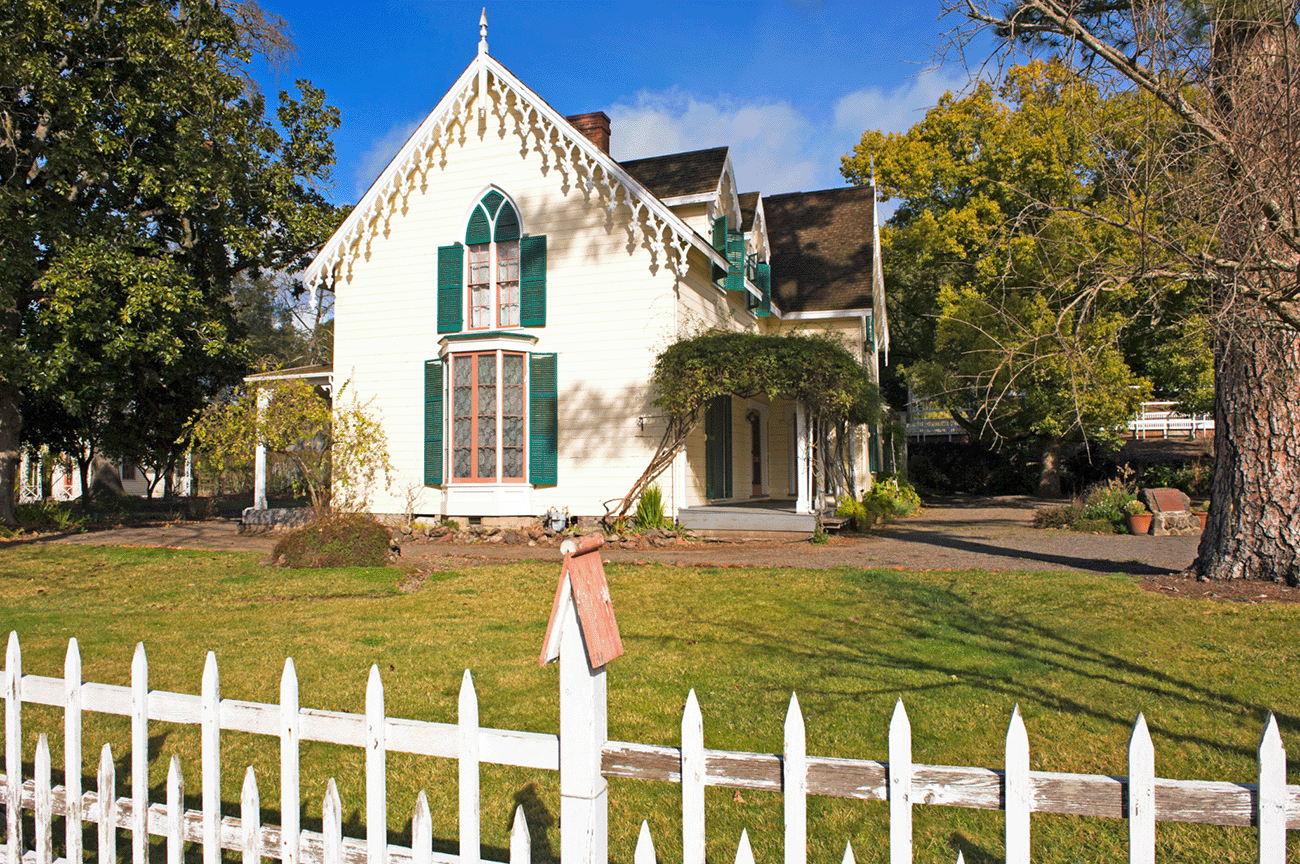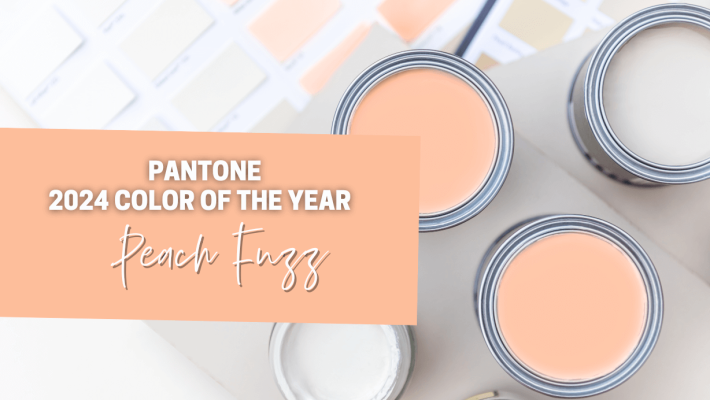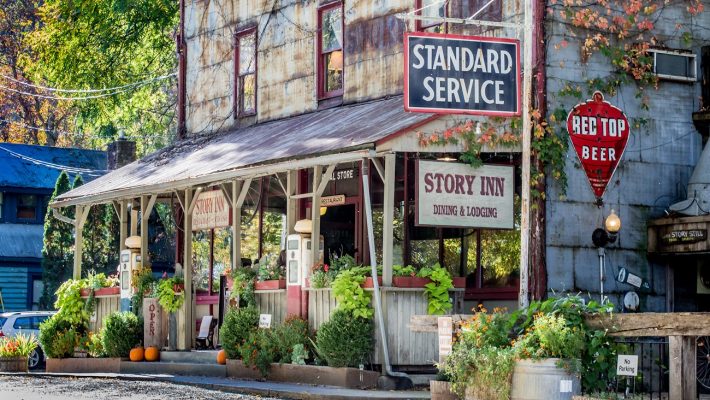You love the look of old homes and old neighborhoods, which can be incredibly charming and unique – especially when you compare them to some modern housing developments, which often stress function over form.
However, “old” and “historic” aren’t quite the same thing. There’s absolutely nothing wrong with buying a home in a historic district, but you should know what that means – because it is a lot different than buying a home that’s simply “old” or older. (And it’s most definitely going to be different than buying new construction or a home that’s relatively new.)
What Is a Historic District, Exactly?
In essence, a historic district is an area that is rich in character. It may have buildings that are architecturally significant that people are eager to preserve. Or, there may be some special historical significance to the area that people want to emphasize and remember.
Generally speaking, the local government works with the residents of an area to establish the boundaries of a historic district and, subsequently, protects whatever makes the buildings, roads and landscape of the area so unique.
Old and new residents alike often find that they like owning a literal “piece of history,” and they can generally rest assured that their neighborhoods will remain largely untouched by time. When you live in a historic district, you don’t have to worry that those lovely old homes will be bought out by developers, torn down and replaced by McMansions or some ugly cookie-cutter construction projects.
Historic districts also tend to have a strong sense of community. Even though residents may come from varied backgrounds and walks of life, they are all generally connected through their appreciation of the past, their love for their stately homes and the neighborhood as a whole – or they wouldn’t be there.
The people who tend to move into historic districts also tend to keep their homes up over time. After all, nobody wants to let a piece of history disintegrate around them through lack of care. The overall effect usually leans toward areas that are well-maintained – and properties that hold their value (or steadily increase) despite market fluctuations and time.
The stability that can provide is very attractive to many people, especially those who love the idea of living in a place where the past and present are deeply intertwined.
Are There Any Drawbacks to Owning a Home in a Historic District?
Owning a home in a historic district is most certainly not for everyone – and there can be a few drawbacks.
Owning a home in a historic district does not (contrary to common misconception) require an owner to restore a home to its former glory and undo any changes that were already made before they got there. Nor is a homeowner required to check with the local historical society to make updates or changes to their property (unless the historical society in question happens to hold a protective covenant or easement over the place).
Owners are also generally free to make internal changes to a home, so long as those changes don’t affect the view from the street – so you can upgrade your WiFi or add new electrical outlets to handle modern appliances at will.
Because these homes are under the protection of the local preservation commission, however, almost all exterior work a homeowner wants to do has to be pre-approved by the local preservation commission.
You may need a Certificate of Appropriateness to do things like:
- Repaint your home (you may be limited to certain historically correct color schemes)
- Replace the roof (since it must be done using historically accurate materials and styles)
- Updating the windows (which must not be done in a way that alters the character or style of the home)
- Adding or replacing a front porch, adding a deck, or putting new outside structures (like gazebos, sheds, carports and the like on the property
- Making any major changes to the external structures around the home, such as stone retaining walls, walkways, gates and other distinctive features
For the most part, homeowners who buy into historic districts accept that these restrictions are part of the bargain, since they help keep the neighborhood looking the way that it looks – which is the very thing that drew most of them in.
Just the same, if you have a strong individualistic streak and you like to diverge from the traditional, you may find yourself frustrated by the restrictions on any changes to your home. You may also find that updates and upgrades can be more expensive, since the work often has to be handled on a custom basis. (There’s usually no way to just pop into Home Depot and pick up the materials you need for your renovations when you’re in a historic home.)
What’s the Final Verdict on Historic Districts?
They’re wonderful for some people – and problematic for others. Knowing what to expect when you buy into a historic district is only part of the battle. It’s wisest to learn everything you can about what that means and make some decision about your personal preferences before you even start looking for a home.
Here in Indy, there are at least a dozen historic districts that are protected under the Indiana Historic Preservation Commission (IHPC), encompassing both residential and commercial areas (or places that are a mix of both), including the Wholesale District, Fountain Square, The Old Northside, Fletcher Place and Irvington. When you’re thinking about buying, it’s important to discuss your options with your real estate professional – especially if you have strong feelings one way or the other about living in a historic district.




